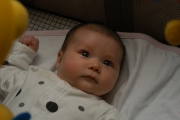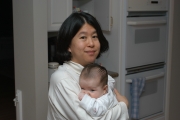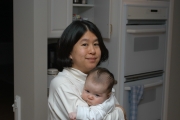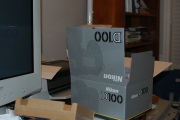The key challenge in viewing and displaying digital photos in color management. Color management is the process by which different digital devices can alter a digital image for display on that device. The CCD in a digital camera converts light into a binary image. This binary image can be RAW (exactly what the senSors see) or compressed into a format like JPEG. Most people output JPEG format from their digital cameras. Not all devices render the binary values in a JPEG as the image as seen through the lens of the digital camera. Different printer papers (glossy, matte, luster, flat) combined with ink produce different variations of color. Color management provides a mapping mechanism between the device and the digital image. On Windows these are called ICC profiles.
I print most of my “keepsake” images using Adobe Photoshop. I use Adobe’s RGB (1998) working space for manipulating my images. Often I have to convert the image’s color space to my “working color space” within Adobe Photoshop. I turn off color management on the printers and use Epson’s ICC profiles for the different papers I’m printing on. I use the “SP2200 Premium Glossy_PK” profile when I’m printing on Epson’s Premium Glossy photo paper. Adobe Photoshop 7.0 has a Print with Preview option that allows me to scale pictures to fit the paper and set the “Print Space” to be the “SP2200 Premium Glossy_PK” profile. When Printing Adobe will map the image from the Adobe RGB 1998 working space to the printer’s ICC profile (“SP2200 Premium Glossy_PK”).
If you have Adobe Photoshop, I recommend downloading the P.I.M. II plug-in from the Epson web site. It automatically installs the Epson 2200 ICC profiles for their most common paper types. The P.I.M. plug-in also supports EXIF image header information. This gives Adobe additional clues as to what image was captured by your digital camera.




